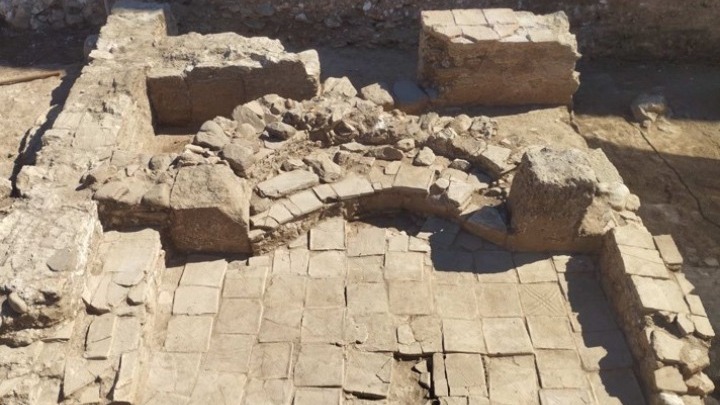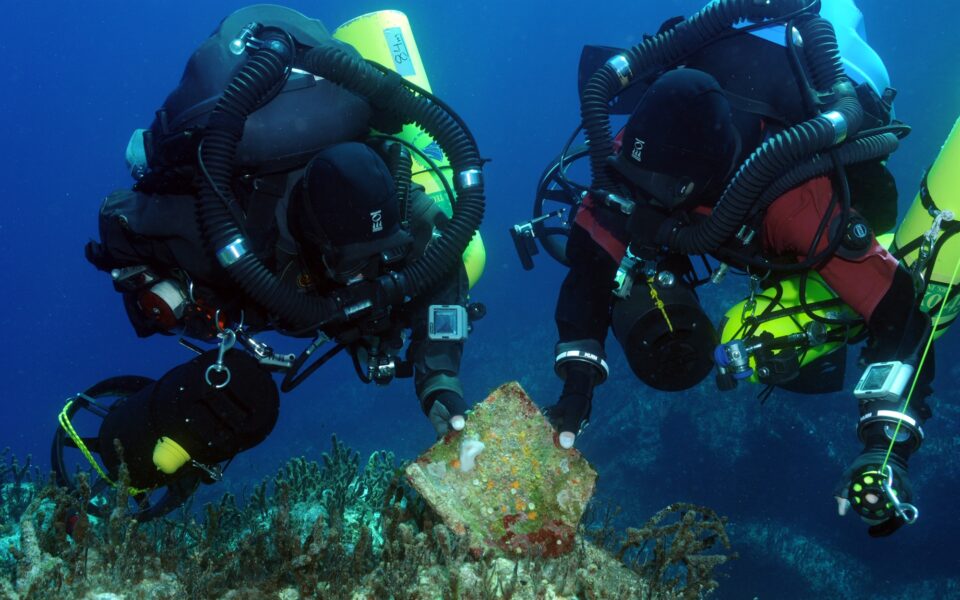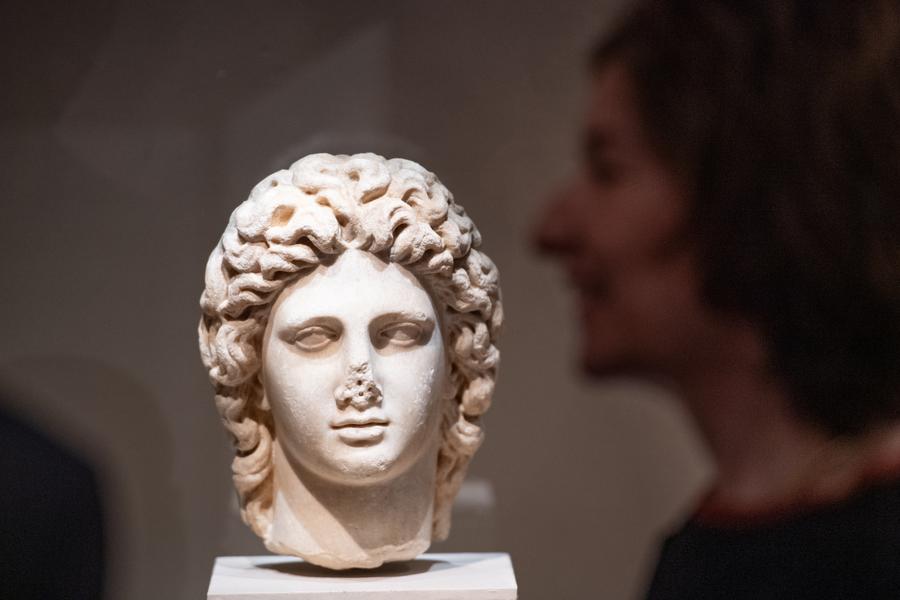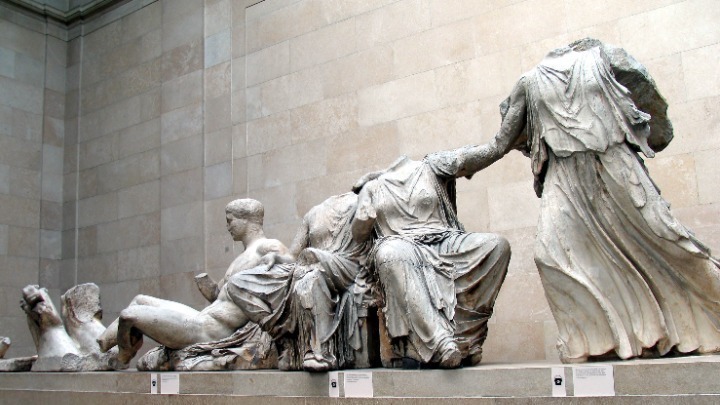German museum returns Roman-era head of suspect provenance to Greece
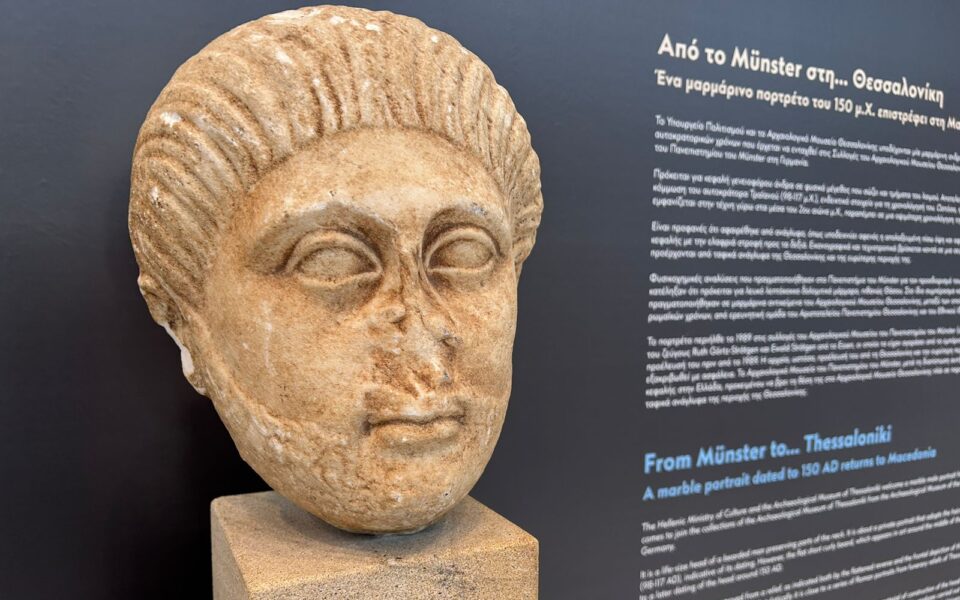

A Roman-era marble portrait head has been handed over to the Greek state by the Archaeological Museum of the University of Munster in Germany after tests confirmed concerns about the legality of its provenance and is now on display at the Archaeological Museum of Thessaloniki.
“Today’s return has particular symbolic significance, as it is not the result of a successful claim but a case of the Archaeological Museum of the University of Munster voluntarily deciding to return the head to Greece,” Culture Minister Lina Mendoni said at Tuesday’s handover ceremony, which was attended by Greek and German officials.
“This decision was taken after it was discovered that its provenance and history prior to 1989 – the year it was added to the museum’s collection as a donation from German citizens – were opaque and suspect,” she added, saying that extensive tests carried out by German archaeologists on the artifact, which has been dated to 150 AD, confirmed that the marble used to sculpt the head came from the quarries of the northern Aegean island of Thasos, “reinforcing their belief in its Greek origins.”


“For me as the head of a university collection, it is a little painful to see such an exciting object leaving our collection. But for me as an archaeologist, it is a happy day that this marble portrait is returning to its place of origin and can be viewed and examined again in its original historical context together with other pieces from the same workshops,” the director of the Archaeological Museum of the University of Munster, Professor Achim Lichtenberger, said at the handover ceremony.
The head depicts a bearded man with a hairstyle that was typical during Roman Emperor Trajan’s reign (AD 98-117).
The head was donated to the archaeological museum in 1989 but how the donors came into possession of the ancient piece and who removed it from its original location and when, remains a mystery.
“Unfortunately, we find again and again that some objects have come to the museum in ways that should not have been used according to ethical standards and the legal framework of the UNESCO Convention of 1970. As an institution that is committed not only to research but also to the responsible training of future generations of archaeologists, we continually review our holdings,” Lichtenberger said.
Source: ekathimerini.com

